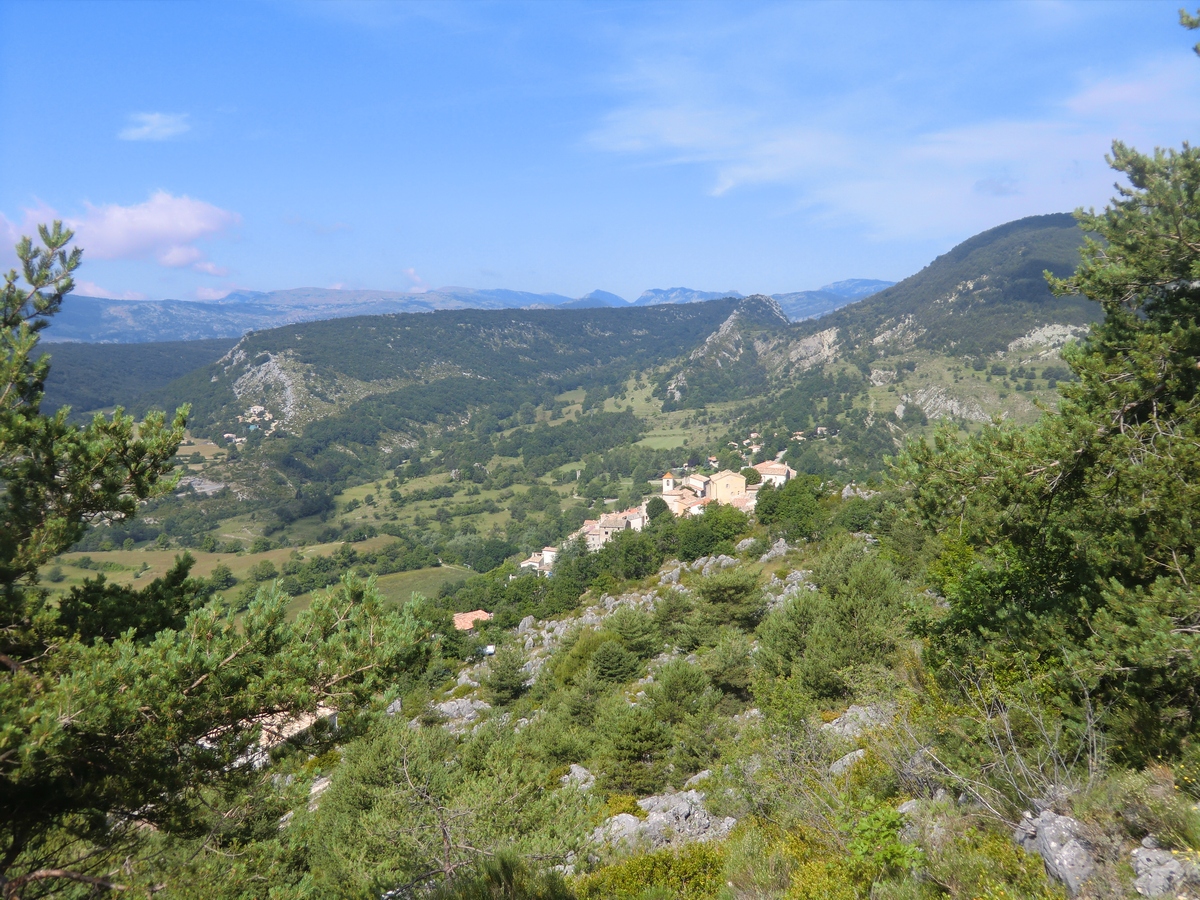Roasted veal chops with pistou and potato salad

The potato salad in this recipe reflects summer; it includes new potatoes, sliced radishes, and peas. It is much lighter than the classic potato salad made from potatoes and a mayonnaise dressing.
The roasted veal chops are served with pistou, basil purée. Here in Nice, I prefer veal chops which are usually more tender and succulent than pork chops in our local supermarket. The recipe works just as well with tender pork chops.
2 servings
2 thick veal chops (or pork chops)
Olive oil and butter for frying
For the pistou:
A small bunch of basil, chopped
2 tbsp. olive oil
1/3 clove of garlic, minced
Freshly ground black pepper
A pinch of salt
For the potato salad:
3 medium sized new potatoes, microwaved, then sliced
150 ml fresh peas
A small bunch of radishes, sliced
Basil leaves to decorate
For the dressing:
2 tbsp. olive oil
2 tsp red wine vinegar
1 tsp Dijon mustard
In a mortar, make the pistou by crushing the basil leaves and all the other ingredients with a pestle. Mix well, cover, and place in the fridge until needed.
Preheat the oven to 180° C.
Melt some butter and olive oil over medium- high heat in a heavy frying pan and fry the veal chops on both sides until golden brown. Transfer to an ovenproof dish and bake in the oven for 20 minutes. If using pork chops, make sure that they are well- done but not dry.
Meanwhile make the potato salad. Slice the microwaved new potatoes and transfer into a bowl. Peel the fresh peas into the bowl. Wash and slice the radishes and add to the bowl.
Whip together the dressing and add to the potato salad.
Transfer the veal chops on the plates and divide the pistou on top. Divide the potato salad on the plates and decorate with basil leaves.




















0 comments:
Note: only a member of this blog may post a comment.